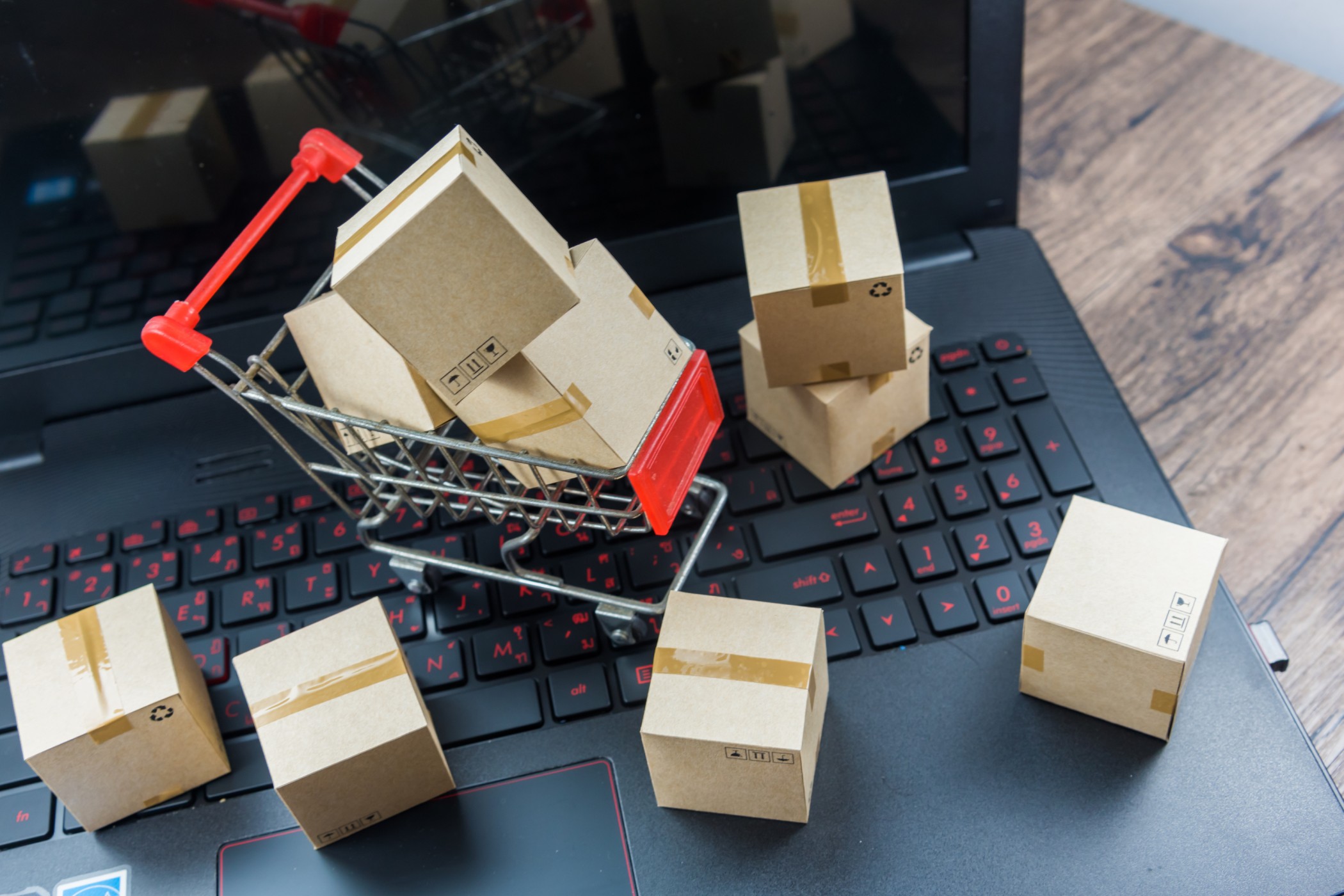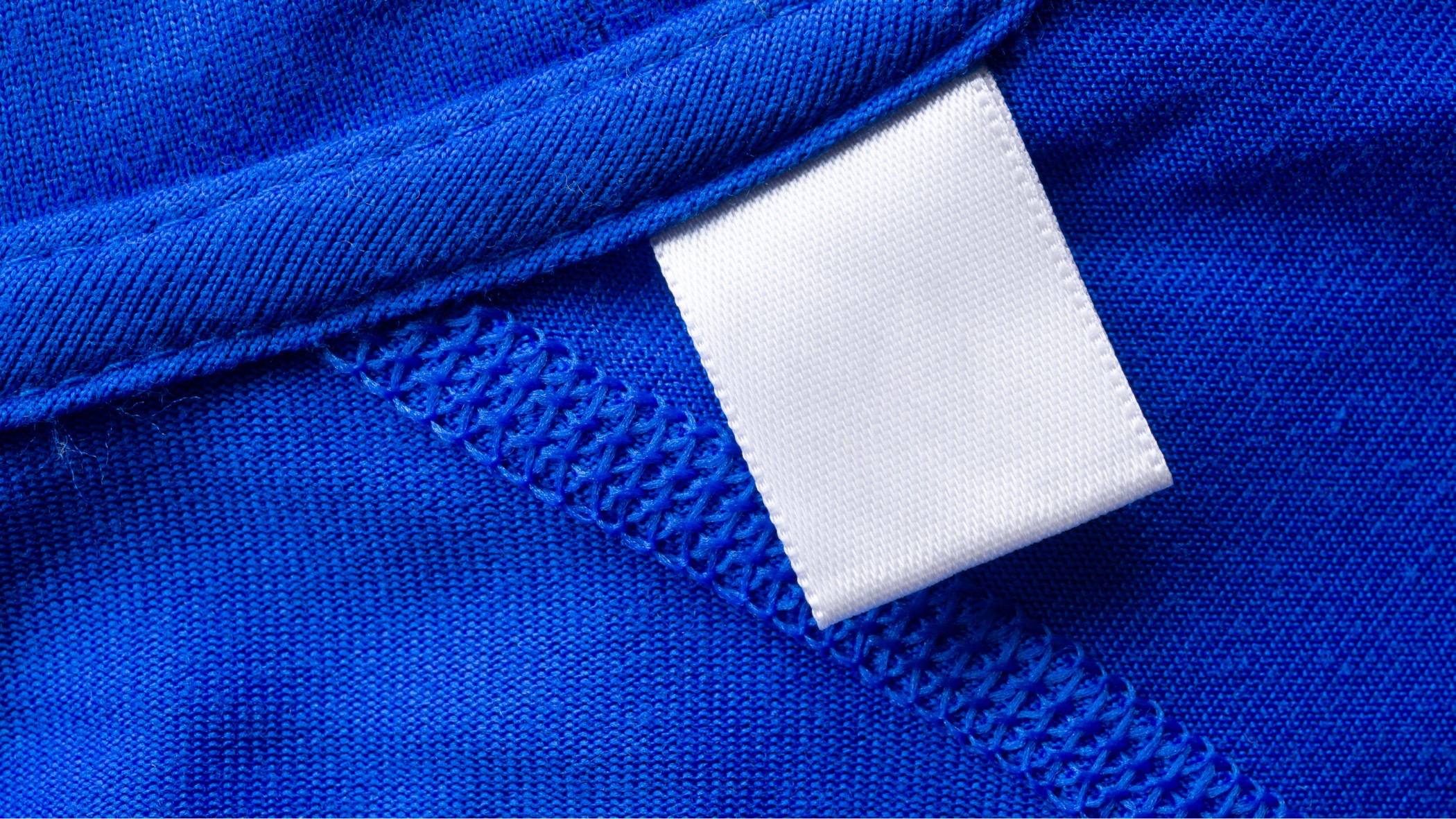Purchase Management 101



What is Purchase Management?
Purchase management is the systematic arrangement of different procedures that form the fundamentals of purchasing any product or service. It includes all the steps of buying: beginning from raising the request to making the purchase and ending with generating the invoice approval.
Although we often interchange the terms purchase and procurement, they are slightly different:
- Purchasing refers to acquiring goods and services for the benefit of the company.
- Procurement refers to the steps involved in obtaining them. An organization's procurement process is unique to its circumstances and operations.
Regardless of its differences, every certified purchasing management technique has three Ps: Process, People, and Paperwork.
- Process:
There is a list of rules to follow when browsing, placing orders, purchasing, and paying for products and services. The more phases there are in a purchasing process, the more complicated it is. - People:
People comprise all stakeholders, including their responsibilities during the purchase process. They are in charge of initiating or authorizing each step of the operation. The more parties there are, the riskier the acquisition becomes. - Paperwork:
Paperwork refers to the administrative work and documentation related to each phase of the procurement procedure pipeline, collected and stored for future reference and evaluation. The purchasing director is involved in these steps.
How does the Procurement Process Flow Work?
A thorough grasp of the procurement process cycle is essential for keeping the procurement management procedure fair, honest, and efficient.
A Procurement Process has several steps. Recognition of needs, supplier research, evaluation, raising a buy proposal, reviewal phase, conversion to purchase order, contractual organization, order checking/assessment, payment, and record-keeping are all parts of the purchase management process. The following are the critical stages in the buy management process:
- Need for Recognition
Perceiving the need for an item is the first stage in the purchasing management process. Before making a procurement solicitation, requirements are subdivided, and accessibility is reviewed and rechecked, whether a new request or a repeat buy.
- Purchase Request
The first stage is the purchase requisition. An order is usually the first step in the purchase process. A request is sent to the procurement team in the form of a paper requisition, an electronic requisition, or a phone requisition.
- Request Evaluation
The procurement department then reviews the requisition. Demands that are endorsed become POs, while the others are returned with the cause for dismissal specified. All of these issues can be resolved with a simple buy order application.
- Approval of the Budget
A PO is sent to the administrative department for budget approval once the procurement department issues it.
- Quotation Requests
After the budget is approved, the purchasing team sends a few requests for quotation (RFQ) to vendors to gather and compare proposals and narrow down the best seller.
- Contract and Negotiation
The contract terms are discussed after a seller is identified. After both sides have reached an agreement, a purchase order is sent to the seller. After a supplier accepts a PO and issues an acknowledgment, a contract agreement is effective.
- Receiving Goods/Services
The vendor delivers the agreed-upon products/services within the agreed-upon time range. The buyer inspects the things before purchasing them and alerts the seller of any problems.
- Matching in Three Directions
Three records are reviewed at this stage: POs, packaging invoices (which come with the product), and vendor invoices to identify any problems and ensure that the deal is genuine.
- Approval and Payment of Invoices
Once the three-way match is completed, the receipt is confirmed and sent for transaction processing.
- Maintaining Records
Buyers keep a record of the payment method for accounting and archival purposes. All documentation related to the exchange is kept in one place.
Why Automating the Purchase Management System is a Step in the Right Direction?

The complex acquisition procedure can be streamlined and kept simple with the help of powerful purchasing management software. There is no data loss, and partners may raise, confirm, or dismiss items on time. Each aspect of the purchasing cycle can be better controlled with a streamlined acquisition procedure.
Furthermore, effective purchase management software provides a few advantages. Using buy management software instead of mails and spreadsheets will speed up the procurement process, ensure task accuracy, increase effectiveness, and save time and resources.
Must-Have Features of A Purchase Management System
While most purchasing management platforms promise similar benefits, their built-in features differ. As a result, ensure that they have all the tools needed to ensure a problem-free acquisition.
Here are some essential characteristics to look for in buy management software for businesses:
- PR-activated POs, auto-directed solicitations, and more:
Purchase orders are made simple using an e-acquirement system. You simply enter the purchase order's correct details into the system. As you've specified, orders are subsequently sent to all of the proper partners. The procurement order is created as soon as the final permission is received.
The purchase order is also sent through the system, all the way to receipt approval and payment. You can access any item in the system with a cloud-based buy management application dealing with POs and requisitions.
An automated purchase management system ensures that all POs are marked and signed by the proper individuals within the specified timeframe by processing requests, directing forms, and alerting the relevant parties.
- Automated three-way verification:
Storage and automatic endorsement routing are available with secure to-pay arrangements. One such function is three-way checking, which compares purchase orders to their specific purchase requests to reduce errors considerably.
- Insights into the purchasing process:
This is one area where automated purchasing management has a significant advantage over the traditional paper- or email-based process. Taking digital purchase orders is probably the most satisfactory part because reports and analytics let you figure out what's working and where you're wasting money.
Because purchase orders are such an essential cog in the procurement engine, it's important to maintain clarity and predictability throughout the process. Custom reports and analytics allow you to quickly check the status of every request, analyze the effectiveness of seller execution, and more.
The Top Core Purchasing Strategies

Organizations employ purchasing strategies to make practical and sensible purchase selections from a collection of vendors who will all strive to offer high-quality products and services on time and terms acceptable to both parties. These procurement methods include establishing a procurement reserve fund and consolidating all purchasing operations under one roof.
Some businesses may choose a single-source approach, in which they buy high-quality items from a single seller. When it comes to IT sourcing or indirect purchase, such as office or cleaning supplies, these systems are standard.
Other businesses may use a purchasing strategy centered on a core purchase cycle. This method entails making requests to a small number of vendors and relying on outsourced procurement for larger, need-based purchases.
Some businesses utilize procurement auctions to acquire the cheapest pricing, especially when seeking personnel for short-term projects.
Regardless of the size or status of the firm, the great majority of companies employ a few well-known purchasing tactics. These are the following:
- Optimization of Suppliers
The company selects a perfect blend of providers that can provide them with the most suitable conditions at acceptable costs. This stage entails removing less capable providers and being unable to offer the level of service required within the budget constraints. This is the most generally recognized of the several purchase techniques.
- TQM (Total Quality Methods)
TQM needs suppliers to offer quality service and continuously improve it over time while making no mistakes. Using a variety of methods, the provider ensures the finest purchasing procedures.
- Risk Management
As more companies are drawn in by the lower rates provided by nations like China and India, there is growing worry about supply chain risk. While some countries can provide low prices, other variables can overshadow their unique selling advantage.
Sourcing from Around the WorldLarge multinational corporations may use their assets and networking by seeing the entire globe as one large market and sourcing from various suppliers, regardless of which country they are buying.
- Vendor Promotion
Only a few companies acknowledge functioning while attached to their vendors at the hip. As a result, they are ready to put some effort into enhancing their suppliers' services. An organization may potentially find itself where all of its demands are met by a single provider. If the vendor cannot meet the company's expectations, they may assist their vendor in enhancing their services or implementing techniques that optimize their procurement cycle.
- Environmentally Friendly Purchasing
This is one of the most common purchasing methods used by businesses worldwide. This method is centered on recycling and not purchasing products that have negative environmental consequences, and it is becoming increasingly significant.
At Fashinza we employ purchasing techniques that assist in apparel manufacturing. We optimize its procurement cycle from design to delivery while lowering costs, enhancing quality, and ensuring high-quality commodities arrive on time. Contact us to manufacture your next clothing collection, and we will connect you to our relevant suppliers.



















